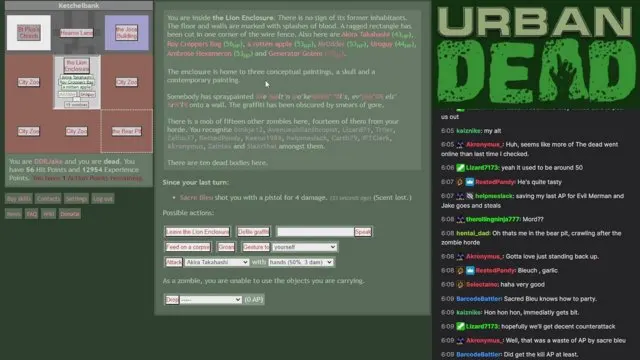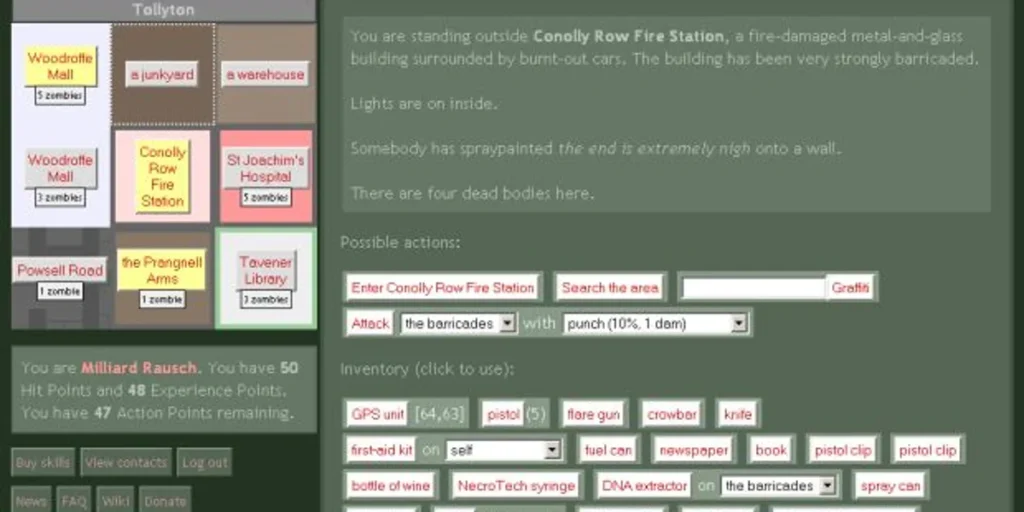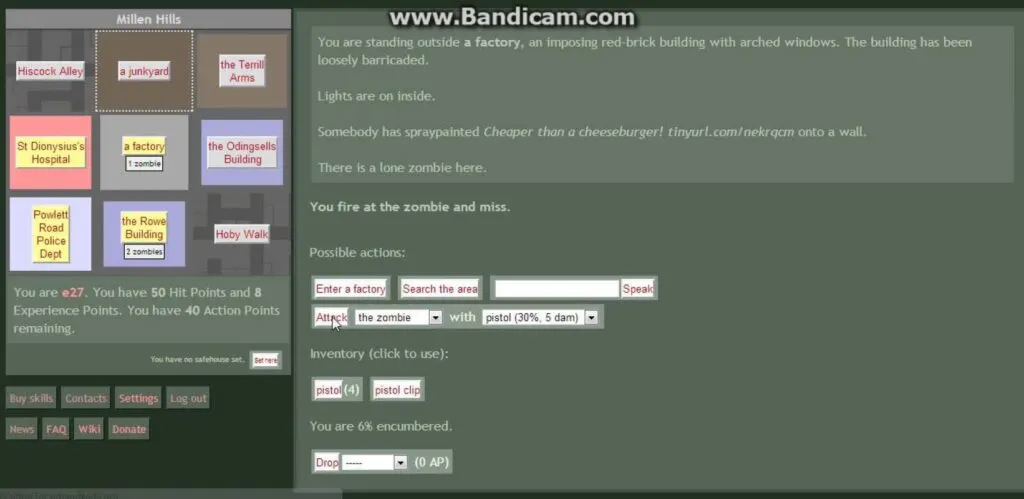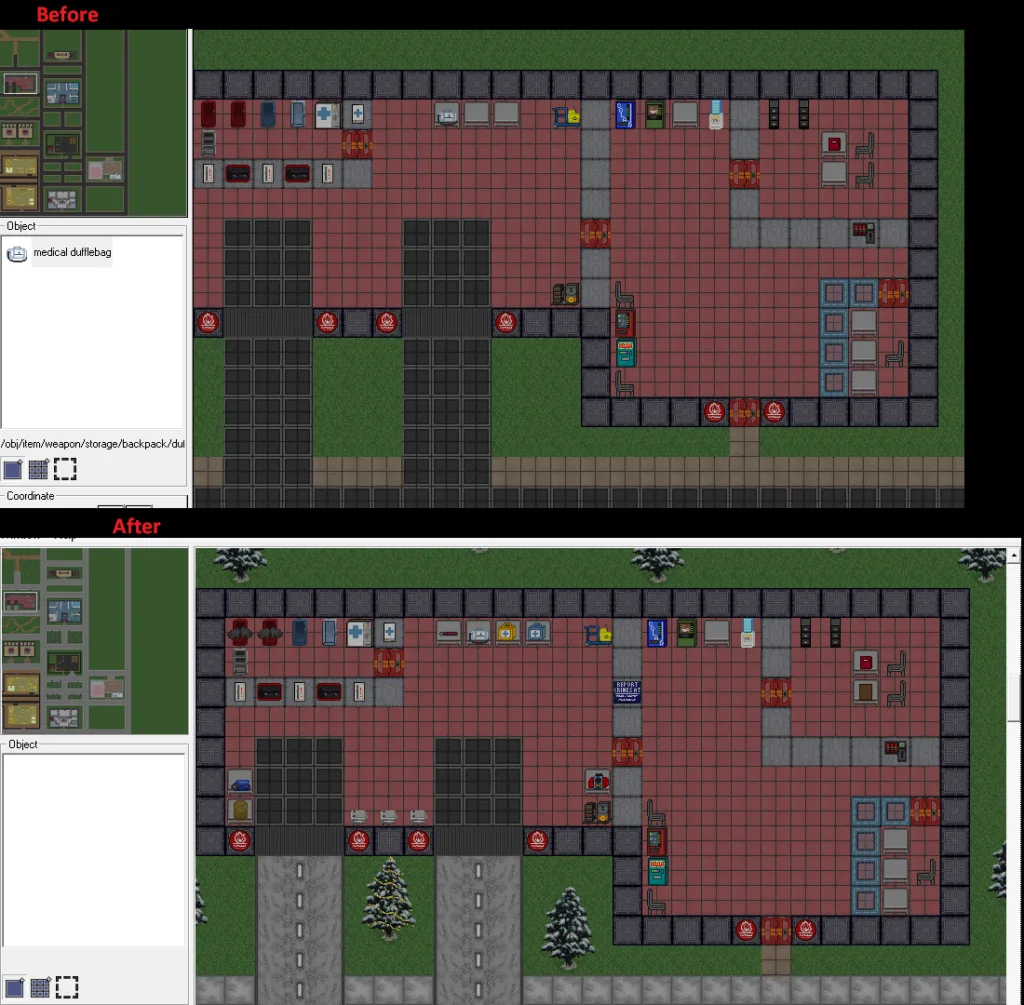“UrbanDead” captivates players with its text-based interface and post-apocalyptic zombie setting. Launched in 2005 by Kevan Davis, it remains a beacon for those who appreciate the depth of storytelling and strategy without the usual visual fanfare.
- Developer: Kevan Davis
- Publisher: Independent
- Release Date: 2005
- Platforms: Web browsers
- Official Website: https://www.urbandead.com/
- Genre: Text-based browser MMORPG




Gameplay
UrbanDead” offers players a sandbox environment of a city plunged into chaos, overrun by zombies, and desperate survivors battling against all odds. The gameplay, while straightforward, presents deep strategy, especially when choosing to side with humans or the undead.
The division of human roles into Military, Scientist, and Civilian introduces a variety of gameplay styles, each with its challenges and perks. Zombies, although lacking in classification, become progressively more potent with experience, adding a layer of complexity for survivors.
One of the standout features of “UrbanDead” is the ability for certain roles to revive fallen teammates, turning them back from zombies to humans. Communication tools such as in-game speech, radio broadcasts, and graffiti introduce a social aspect that makes coordination and teamwork pivotal.
The ultimate objective varies based on the side chosen: Zombies aim to eradicate all survivors, while humans strive to either kill or revive the undead, restoring the city’s former state. The Action Point system requires players to strategize every move, as running out leaves them vulnerable.
Progression in “UrbanDead” revolves around gaining experience points. As players accumulate these points, they can unlock a variety of skills, tailored differently for survivors and zombies.
Graphics
The term “graphics” in “UrbanDead” is an ironic notion. However, the game’s textual descriptions effectively immerse players, painting vivid images of decaying cities, eerily silent streets, and the constant dread of lurking zombies.
Conclusion
“UrbanDead” stands as a testament to the idea that graphics aren’t the sole determinant of a game’s success. Its immersive narrative, coupled with a strategic depth that challenges players at every turn, provides an experience few browser games can match. While it may lack the visual dazzle, its compelling gameplay ensures players remain hooked.

